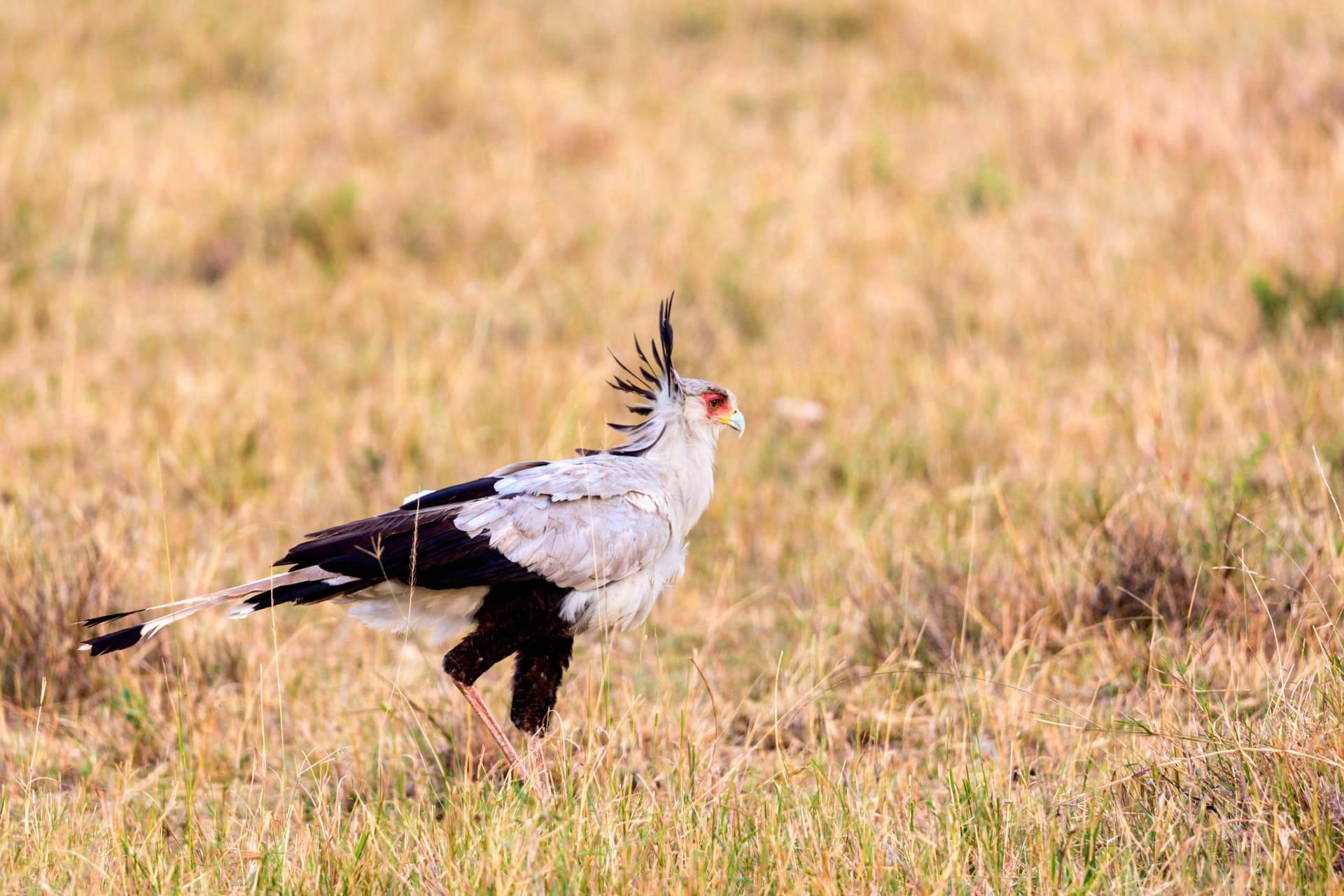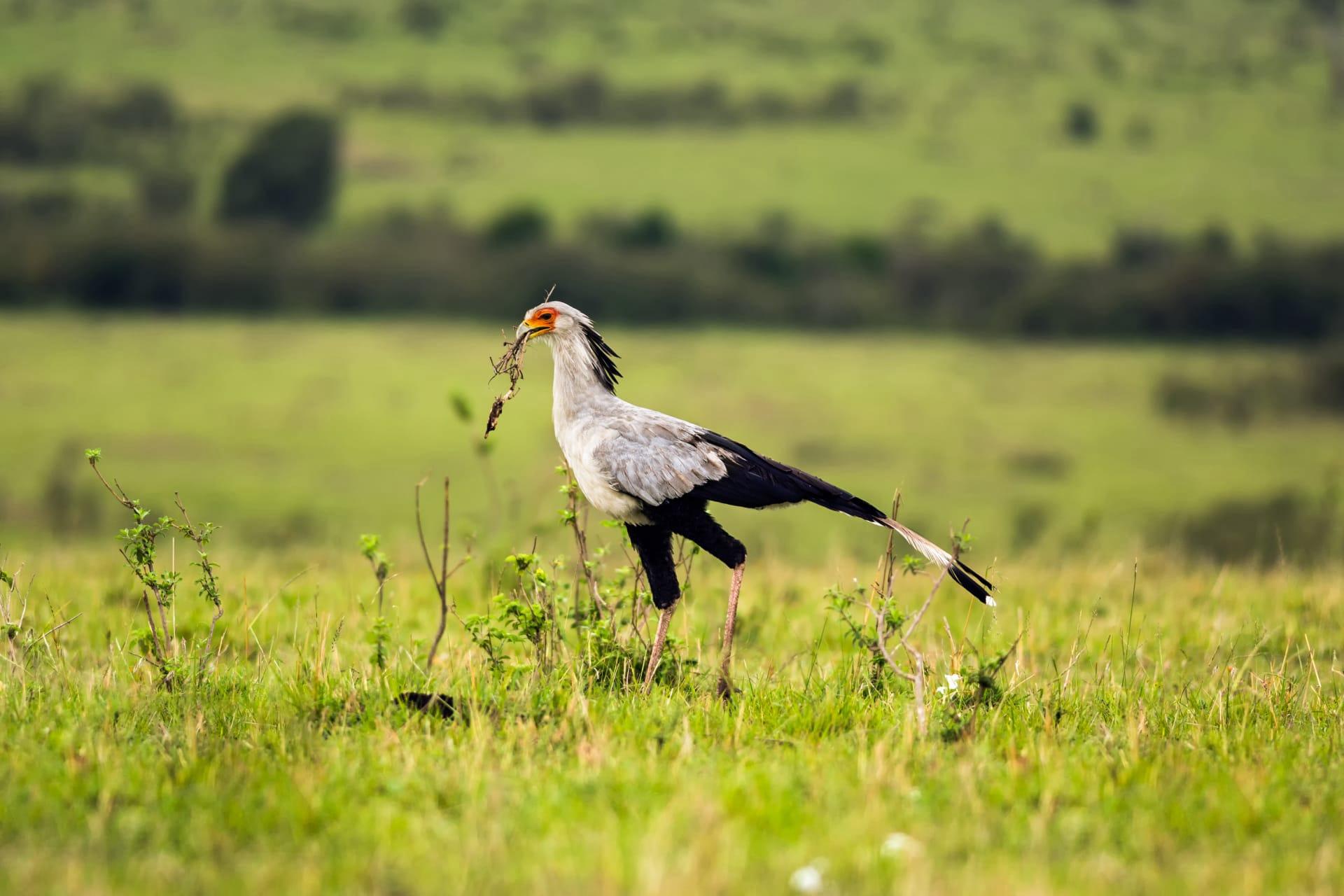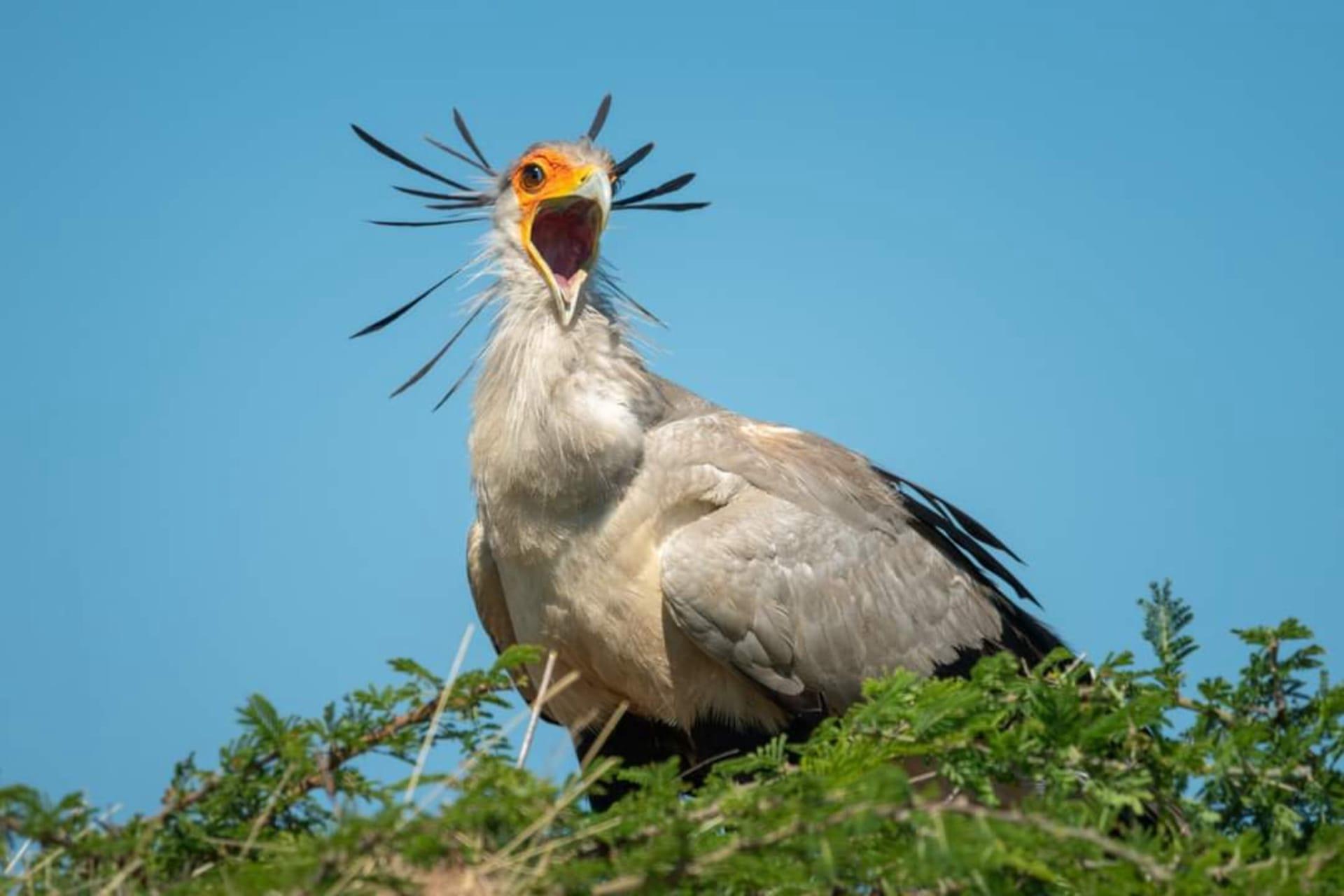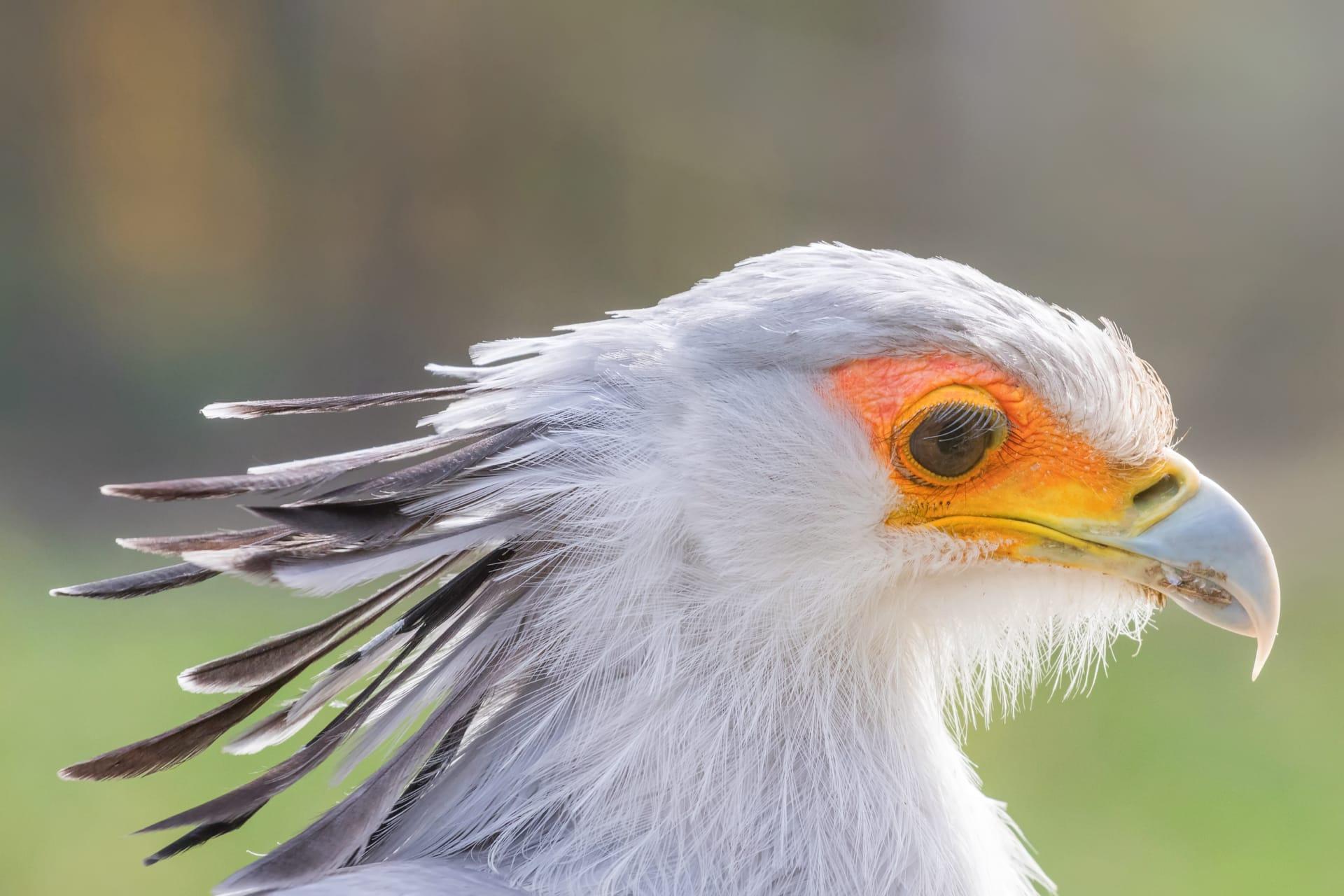Secretary Bird Trivia
- Home /
- Trivia Question /
- Animal /
- Secretary Bird Trivia
1
Question: What makes the Secretary Bird's physical appearance unique among birds?
Answer: The Secretary Bird, scientifically known as Sagittarius serpentarius, stands out with its striking appearance. It's a large bird, reaching up to 4 feet in height, with long, crane-like legs that can be over 2 feet tall. These legs make up about half of its total height. The bird sports a distinctive crest of long, black feathers on the back of its head, resembling quill pens that secretaries in the 19th century might tuck behind their ears, hence its name.
Question: How effective are Secretary Birds in hunting snakes, and what techniques do they use?
Answer: Secretary Birds are formidable snake hunters, specializing in hunting venomous snakes. They use their powerful legs to deliver deadly kicks, capable of delivering up to 195 Newtons of force, which is enough to crush a snake's skull. They often hunt by stalking their prey in the grasslands of Africa, using their height to spot snakes from a distance. Once they locate a snake, they quickly strike with precision, aiming for the head. They also use their beaks to grab and shake smaller prey.

2
Question: Do Secretary Birds fly, and how often do they do so given their long legs?
Answer: Despite their long legs, Secretary Birds are indeed capable of flight. They possess a wingspan that can reach up to 7 feet, allowing them to soar gracefully. However, they spend most of their time on the ground, walking up to 20 miles a day in search of food. They usually fly to roost in trees at night or to escape from predators.
Question: Is it true that Secretary Birds mate for life?
Answer: Yes, Secretary Birds are generally monogamous and tend to form long-lasting pairs. Once a pair bond is formed, they stay together for life, engaging in cooperative behaviors like hunting and nest-building. Their nests are large structures built in acacia trees, where both partners contribute to constructing and maintaining the nest, often returning to the same nest year after year.

3
Question: What is the diet of a Secretary Bird, and how does it affect their hunting behavior?
Answer: Secretary Birds have a diverse diet that mainly consists of insects, small mammals, and reptiles, particularly snakes. Their diet influences their hunting behavior, which involves a lot of walking and scanning the ground. They use their long legs to stir up grass and flush out hidden prey. Additionally, they are known to stamp their feet on the ground to mimic rainfall, tricking insects into emerging.
Question: How do Secretary Birds communicate with each other?
Answer: Secretary Birds use a range of vocalizations for communication, especially during the breeding season. They produce a variety of sounds including clapping, hissing, and a loud croaking. These sounds play a crucial role in courtship and territorial displays. In addition to vocal communication, they also use body language, such as wing displays and ritualized dances during courtship.

4
Question: What role do Secretary Birds play in their ecosystem?
Answer: Secretary Birds play a crucial role as a natural form of pest control in their ecosystem. By feeding on rodents, locusts, and venomous snakes, they help control these populations, which can be harmful to agriculture and human settlements. Their presence contributes to maintaining the balance in the ecosystems of the African savannas.
Question: How do Secretary Birds raise their young?
Answer: After mating, the female Secretary Bird lays 2 to 3 eggs in a large nest made of sticks, usually high in an acacia tree. Both parents take turns incubating the eggs for around 45 to 50 days. Once hatched, the chicks are altricial, meaning they are relatively immobile and require considerable parental care. The parents feed them a regurgitated mixture of food. The young birds fledge at about 80 days old but may stay with the parents for an extended period before becoming independent.

5
Question: What are the major threats facing Secretary Birds in the wild?
Answer: The major threats to Secretary Birds include habitat loss due to agricultural expansion, collisions with power lines, and poisoning from pesticides used to control locusts. These factors have led to a decline in their population, making conservation efforts increasingly important for this species.
Question: Can Secretary Birds adapt to changing environments, and how?
Answer: Secretary Birds are somewhat adaptable to changing environments, particularly in their diet. They can shift their food preferences based on availability, consuming more insects or small mammals when their preferred prey, snakes, are scarce. However, their dependence on open grasslands and savannas for hunting means that habitat loss is a significant threat that they cannot easily adapt to. Conservation efforts focusing on preserving their natural habitats are crucial for their survival.